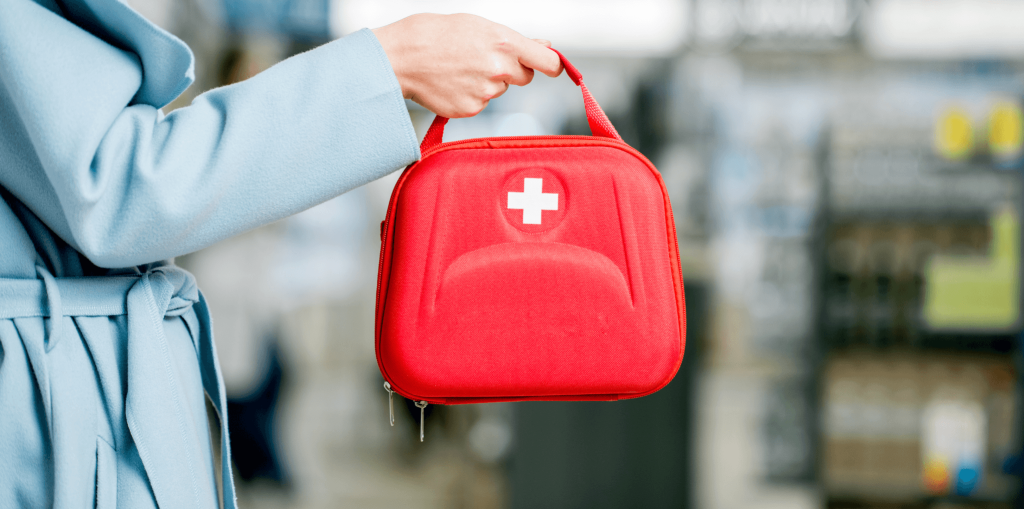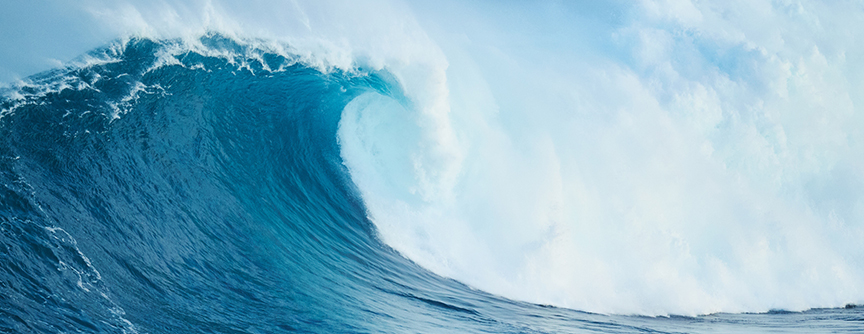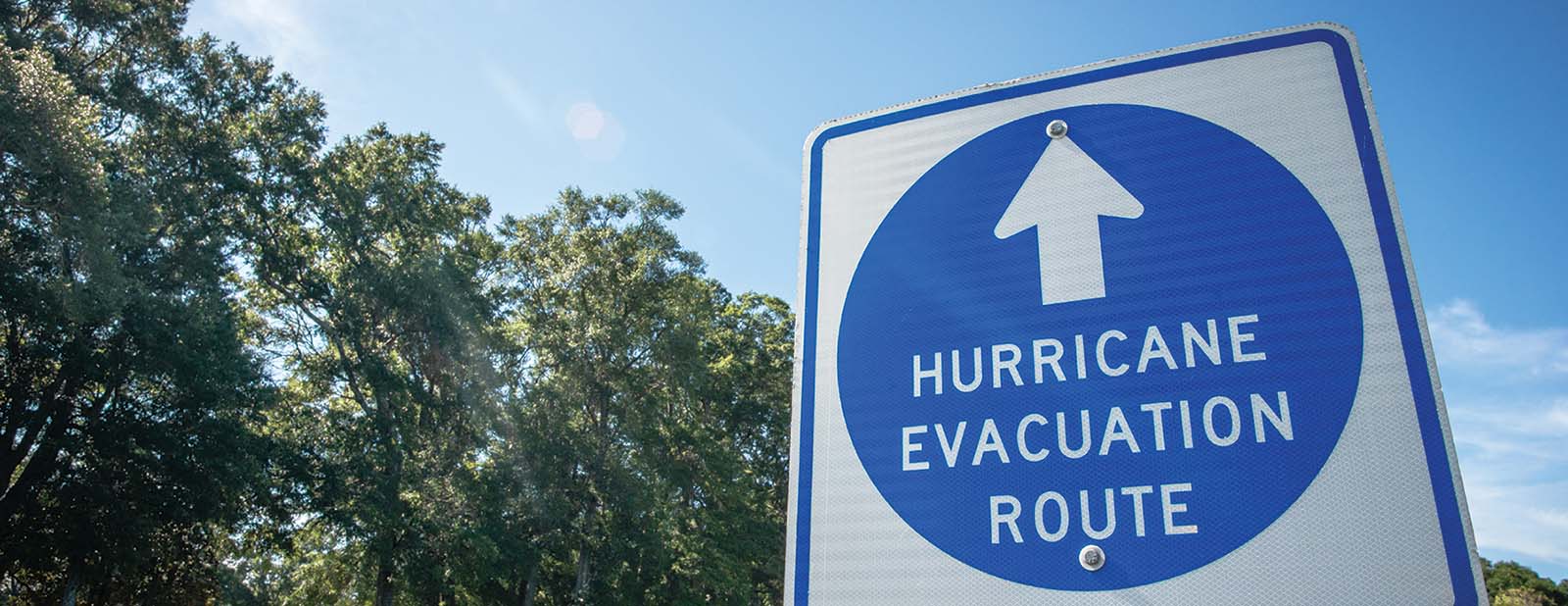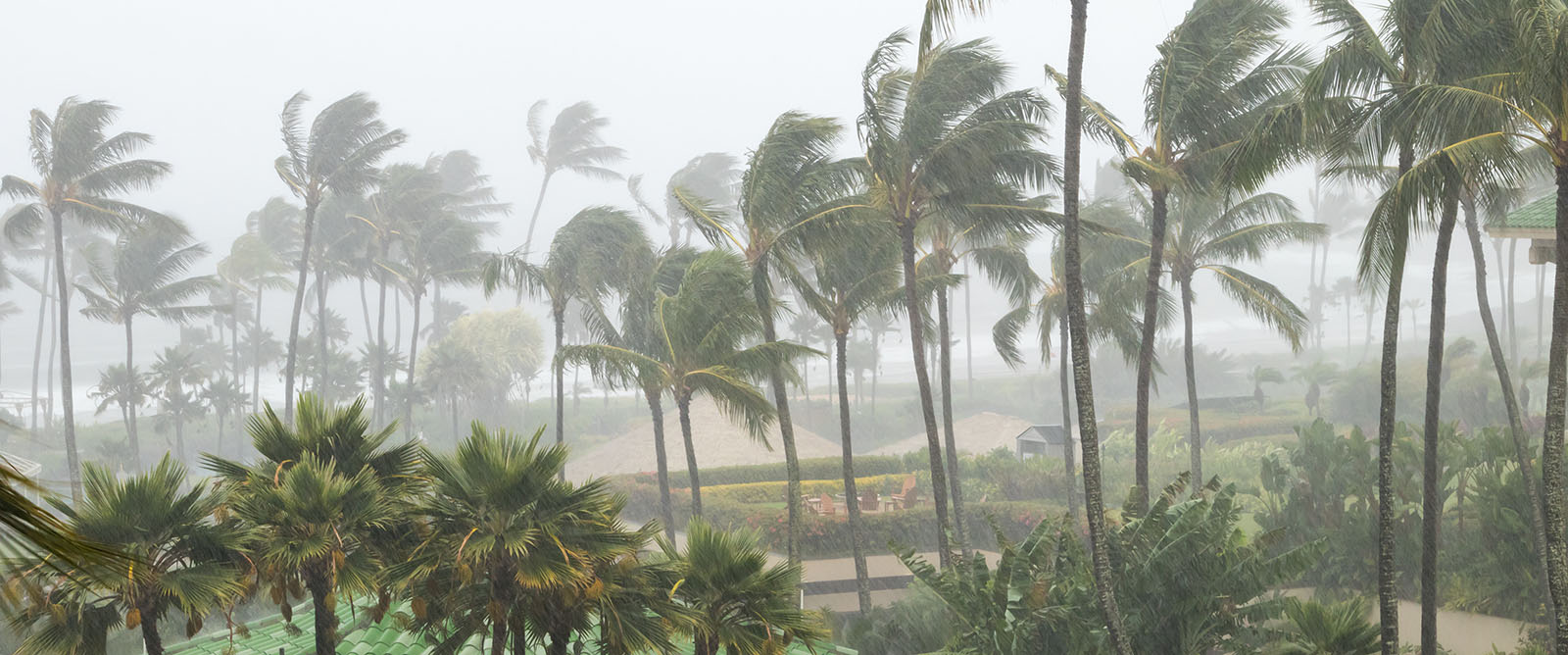As National Preparedness Month came to a close last week, here’s a look back at the information we shared to help our staff, families, friends, clients and others become better prepared for disasters and encourage a culture of preparedness.
As devastating wildfires caused historic impacts to Western states, we shared details about FEMA’s Fire Management Assistance Grant (FMAG) program. Tidal Basin Chief Development Officer, Carlos Castillo, explained how the grants support active response to wildfires resulting in a major disaster. FEMA allocates the grants to state and tribal governments who then provide them to local communities that qualify.
Along the Southeast and Eastern Seaboard of the U.S., instead of fires causing havoc, floods impacted numerous states and local communities with record rainfall and a historic hurricane season. We shared the importance of obtaining flood insurance and participating in FEMA’s National Flood Insurance Program for those communities located in high risk flood zones. We also shared the story of the 1935 Labor Day Hurricane, the strongest hurricane to impact the U.S. with winds estimated near 185 miles per hour at landfall in the upper Florida Keys.
The Midwest, Northeast, and Gulf Coast have been impacted by significant power outages this summer, and Tidal Basin’s Vice President of Preparedness, Resiliency, and Emergency Management, Stephanie Murphy, shared the importance of Mitigating for Mass Power Outages in our Disaster Recovery Roundtable Podcast. And we emphasized the importance of preparing for major tornadoes with a look back at two historic EF 5 tornadoes in Moore, Oklahoma and Joplin, Missouri.
To support personal and family preparedness, Tidal Basin’s Chief Operations Officer, Mark Misczak, shared tips on evacuating in disasters while protecting and planning for a pandemic. We provided tips on how to build a disaster supply kit, how to protect your pets, saving for financial preparedness, the importance of insurance, creating a “go” kit, and other important considerations in planning for disasters in our Tidal Basin Personal and Family Preparedness Guide. And we shared the importance of including children in preparedness programs with our podcast on FEMA’s Youth Preparedness Programs.
Although, we encouraged you and your family to review your state of preparedness throughout September, building a “culture of preparedness” requires preparing year-round for the threat of disasters. You can learn more about mitigating, preparing, responding, and recovering from disasters on our website.



